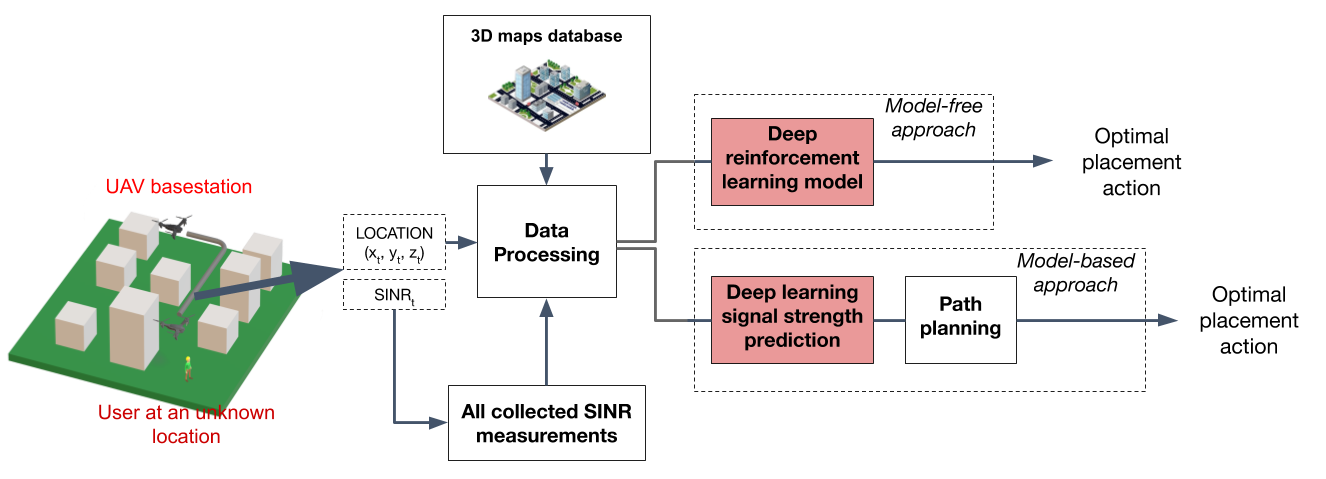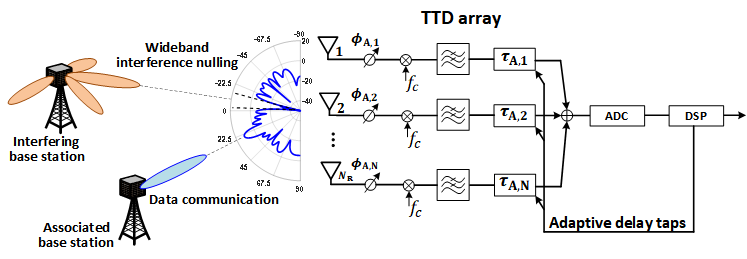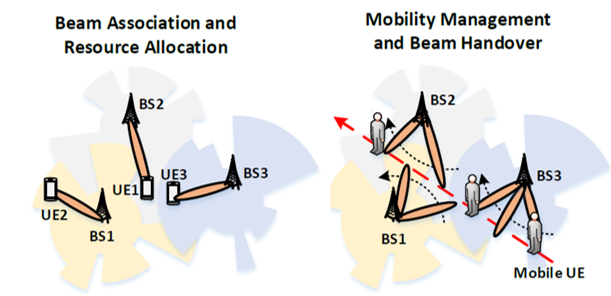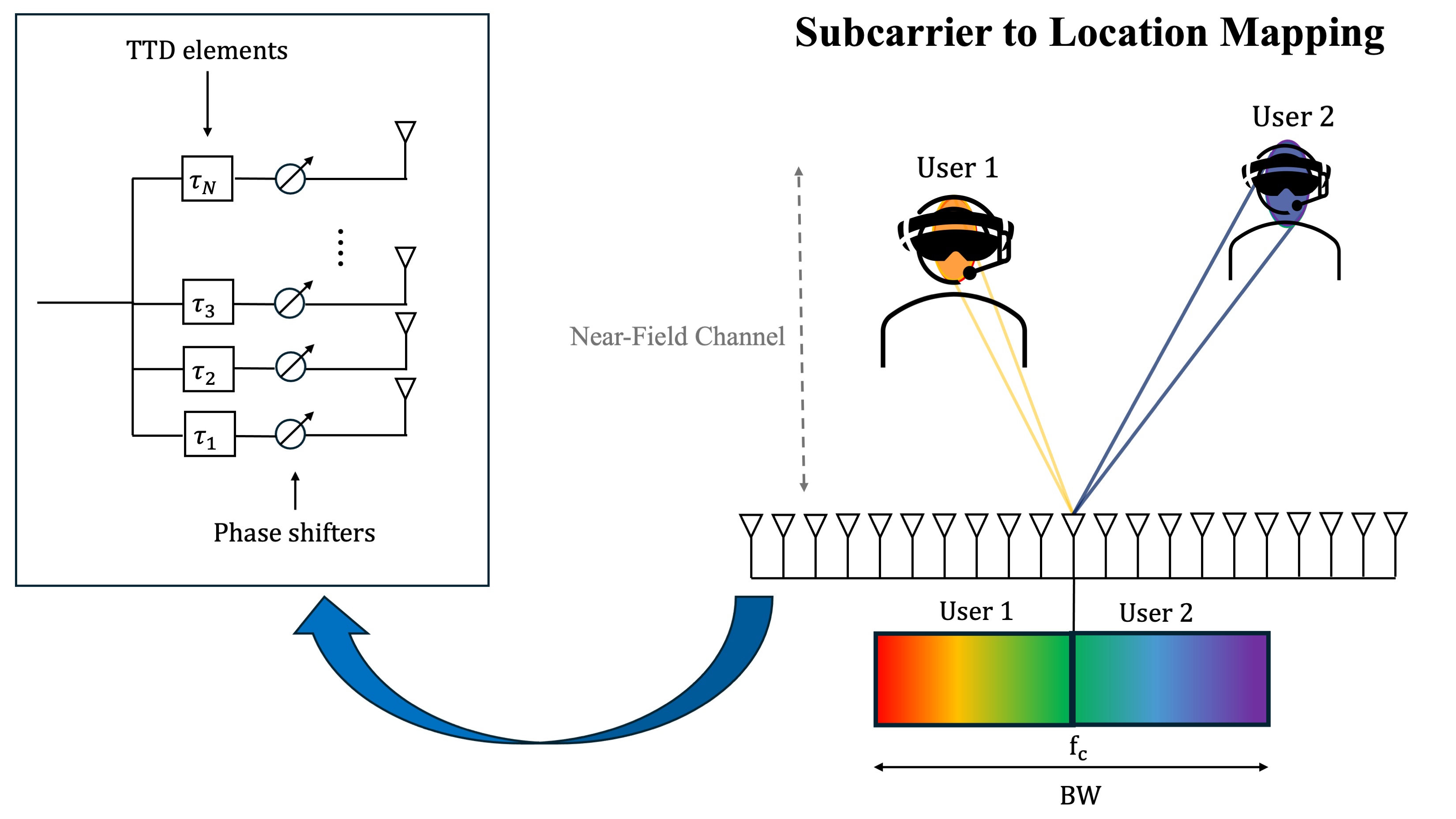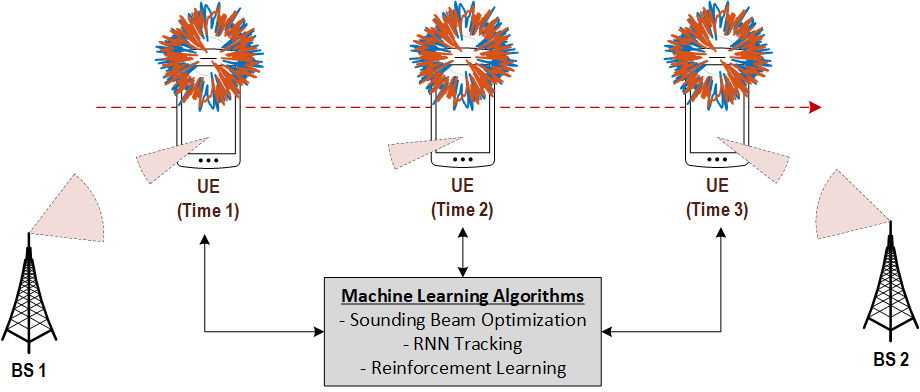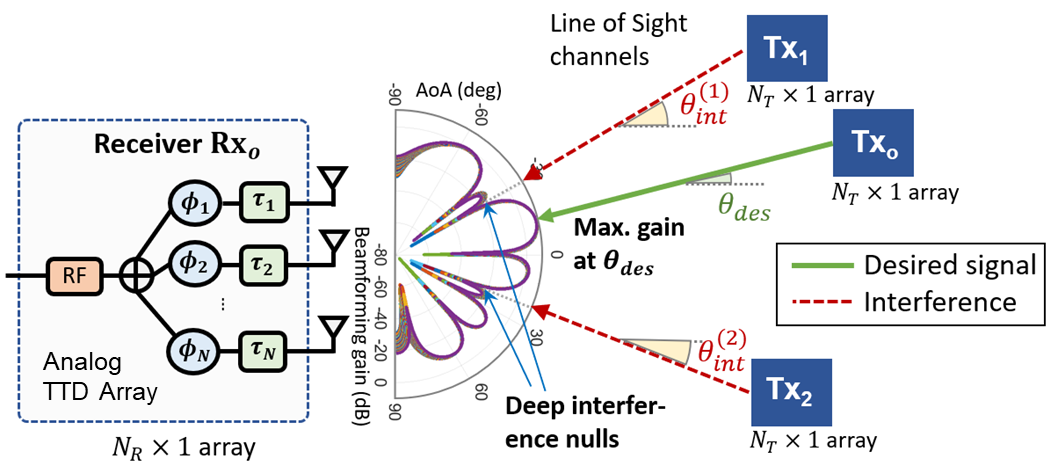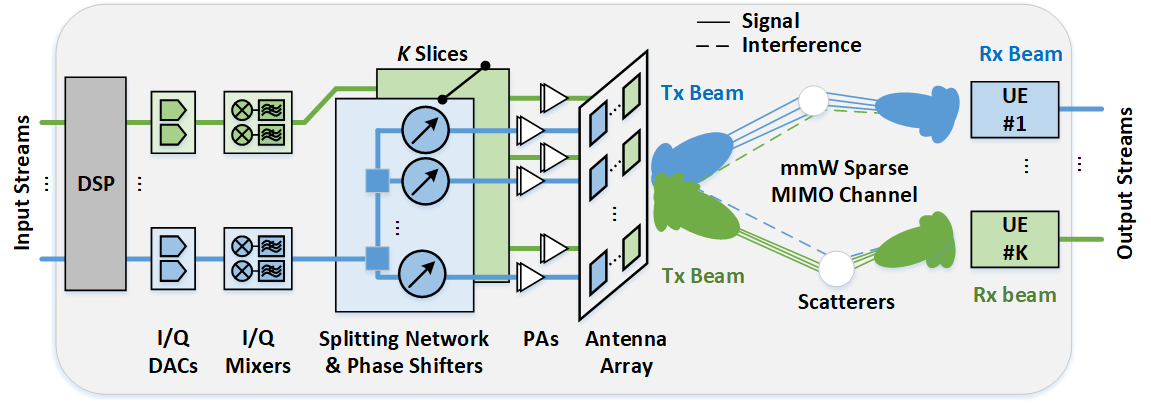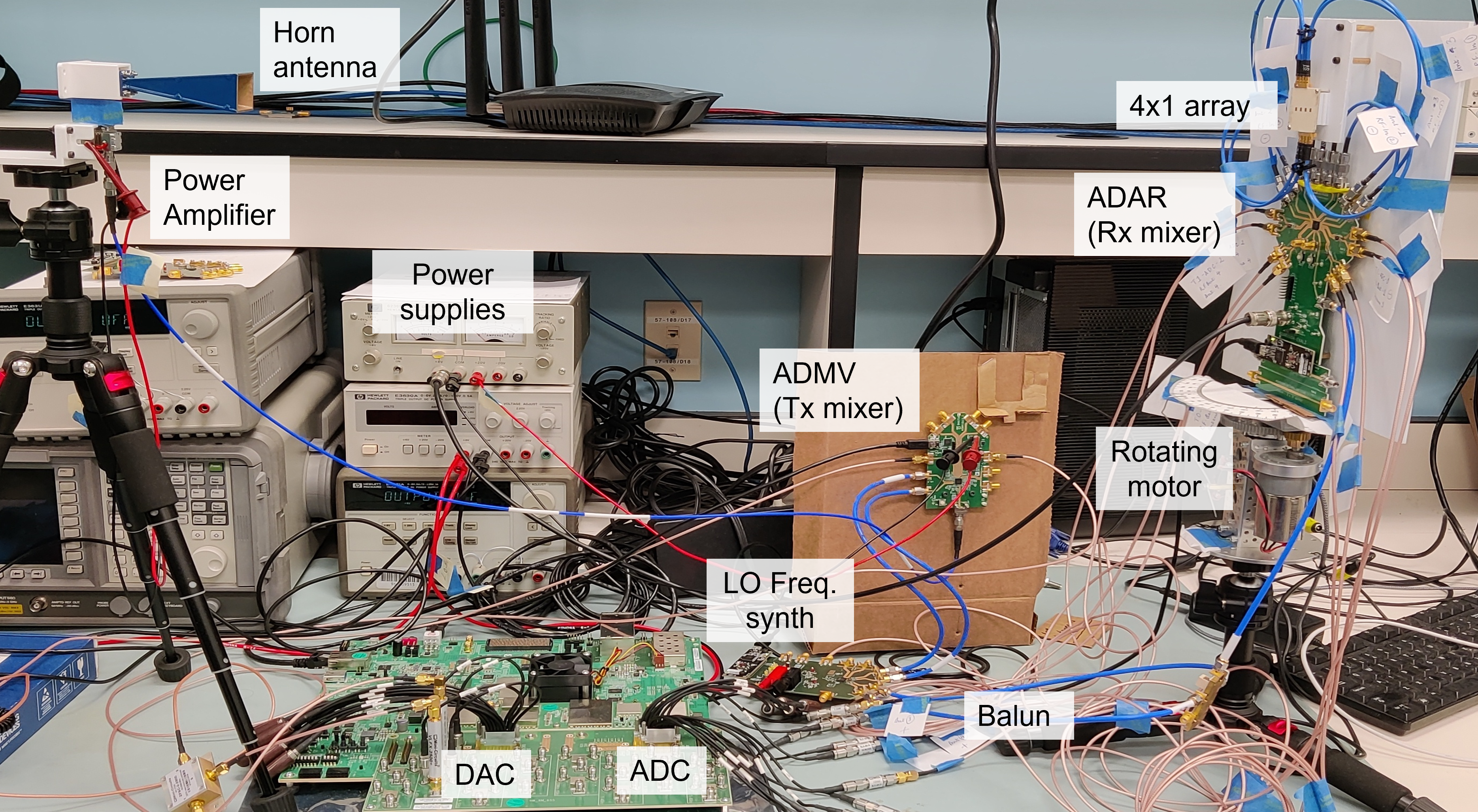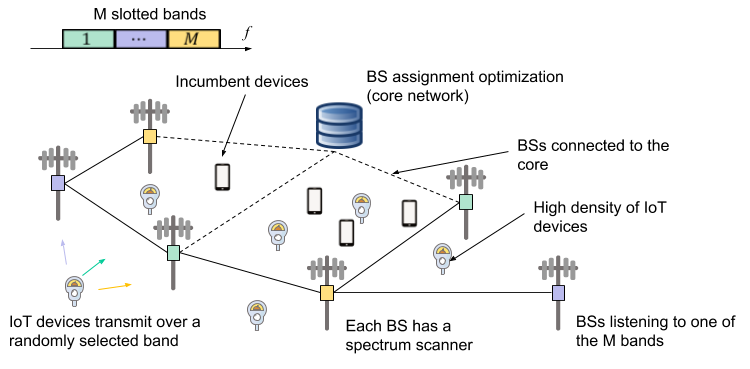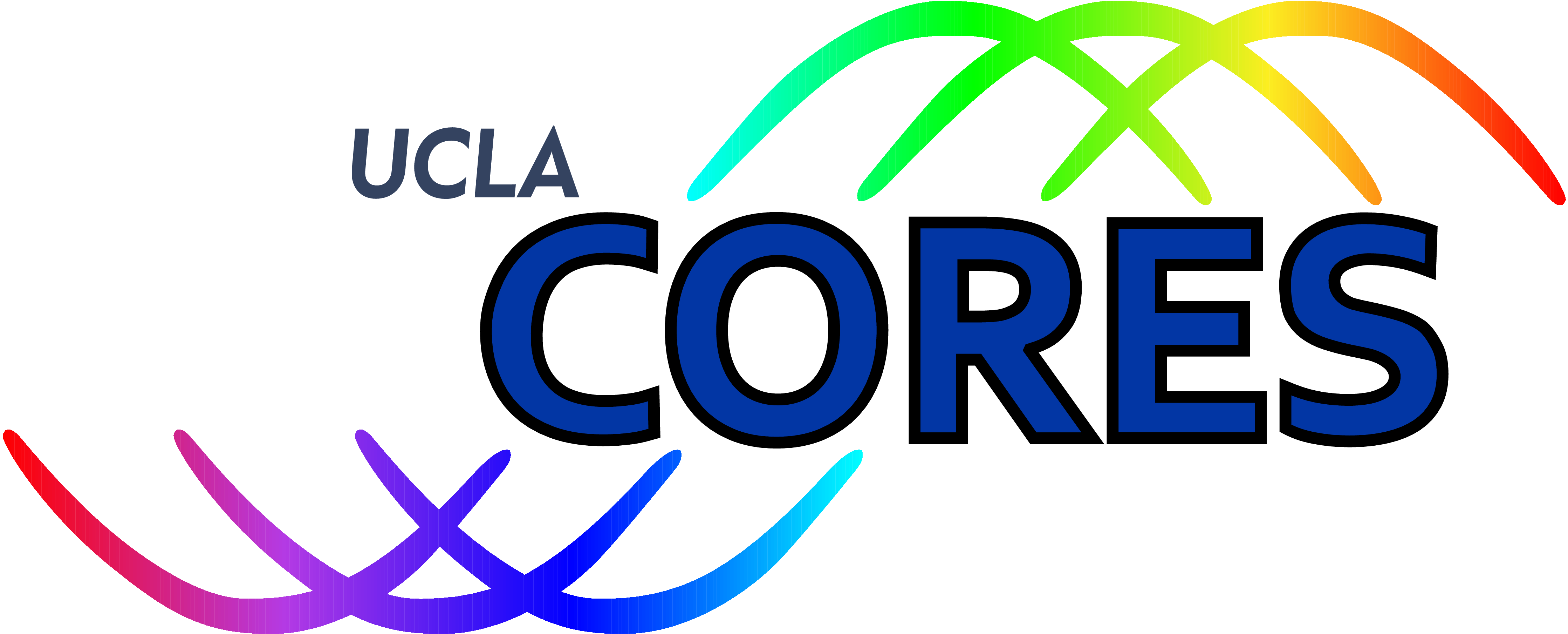
Cognitive Reconfigurable Embedded Systems Lab

Research
CORES lab focuses on advances in radio hardware, signal processing, machine learning, sensing, communications, network protocols, and system architectures to enable future wireless networks. Our vision is that wireless networks require fundamentally new approaches to spectrum access based on dynamic spectrum sharing, operation at high frequencies and network intelligence. Critical to this vision is design of radios with sensing, learning, and cognition capabilities that can enable new dimensions for networks coordination and optimization of spectrum resources across time, frequency, and space. From the implementation perspective, the feasibility of hardware design, its cost and energy efficiency become critically important for their applications and adoption in future 5G cellular networks and Internet-of-Things (IoT). To address these research challenges, we have taken an interdisciplinary approach with a balanced mix of theoretical modeling, algorithmic development, system implementation and experimental validation. Our research activities have revolved around three main research thrusts: 1) 5G millimeter-wave communications, 2) distributed communications and sensing for Internet of Things (IoT), and 3) machine learning for wireless networks co-existence and security.
Another frontier in our research portfolio is aimed at developing machine learning framework to provide higher layer awareness among co-existing networks and enhance security. The widespread deployment of wireless devices poses new challenges in spectrum management and coexistence between heterogeneous devices. The first step in improving coexistence between different devices requires understanding the nature of signals occupying the spectrum. The large number of possible waveforms along with impairments added by the channel and the radio hardware make this problem challenging and drive the need for machine learning approaches to address it. We have developed a blind signal identification approach based on deep learning using only a short sequence of received samples that achieved the recovery of its symbols without any prior knowledge about the signal [8]. While spectrum sharing enables more flexible and efficient usage of spectrum, it also opens possibilities for new types of security attacks. We have considered the problem of transmitter authorization based on their physical layer fingerprints, and developed deep learning algorithm that exploits power amplifier nonlinearity fingerprint for robust recognition of rouge devices [9]. More recently, we are considering an open set scenario and anomaly detection, where it is further required to differentiate authorized transmitters from unauthorized ones.
Our research has been supported through
Selected Projects

Recent Publications
5G and future cellular technology rely on millimeter-wave (mmW) communications to achieve extreme data rates, introducing new algorithm and hardware challenges. Efficient beam alignment is one challenge, due to the narrow beams from large phased arrays required by these high frequency mmW systems. Traditional designs use an exhaustive beam sweep, testing each possible pair of beams, to choose the best pointing direction. User association and resource allocation for future cellular systems require improved algorithms to reduce computational complexity and improve performance under realistic network scenarios. Additionally, transceiver hardware architectures must be optimized for mmW communications. The optimization is constrained by power and circuit impairments due to an order of magnitude higher carrier frequency, processing bandwidth, and number of antenna elements.
Our research addresses these problems through both model-based approaches using signal processing and model-free approaches using machine learning. We have developed novel algorithms that combine compressed sensing and machine learning techniques that use pseudorandom beam designs to estimate angle of arrival information from fewer measurements [1]. Using donated Terragraph 60 GHz channel sounders from Facebook, we have verified our mmW algorithms experimentally [2]. We have comprehensively analyzed the performance of physical layer procedures including initial access, transceiver synchronization, channel tracking, beamforming and multiplexing under hardware impairments and quantified their impact on the power consumption of mmW radios [3]. Recently, we have proposed novel array architecture based on true-time-delay (TTD) arrays as an alternative to phased antenna arrays due to their large delay-bandwidth products. We have shown that TTD arrays can accelerate beam training using frequency-dependent probing beams and achieve high resolution accuracy using a single training pilot [4], [5]. These results hold a great potential and have attracted significant interest and funding from federal agencies and industry.
Our mmW research has been supported by
- NSF grants (1718742 and 1955672)
- SRC multi-university center ComSenTer
Selected Projects
Recent Publications
IoT has emerged as the next most important frontier for wireless networking with the goal of enabling many societally important applications in smart cities, industry, agriculture and health sectors for analytics, diagnostics, monitoring, tracking, and control. Our goal is to enhance communications and sensing capabilities of these IoT network infrastructures using distributed communications, computing, learning and edge processing. One of the major novelties in our distributed approach is use of robots and UAVs to collaboratively coordinate, share and process information while increasing the network capacity, range and energy efficiency. We are one of the leading labs in the county in UAV based distributed beamforming and MIMO technologies that have demonstrated real-time synchronization and coherent signal processing of an UAV swarm using software-defined-radios (SDRs). We have also developed a novel framework for optimal placement of distributed nodes for maximum capacity and task oriented optimization of communications modalities. In smart city and massive IoT applications, we have investigated spectrum sharing protocols and distributed spectrum sensing algorithms for interference management and energy efficient access of millions of devices. We are also exploring distributed computing and communications in vehicular micro-clouds for latency sensitive applications.
Our research has been supported through
